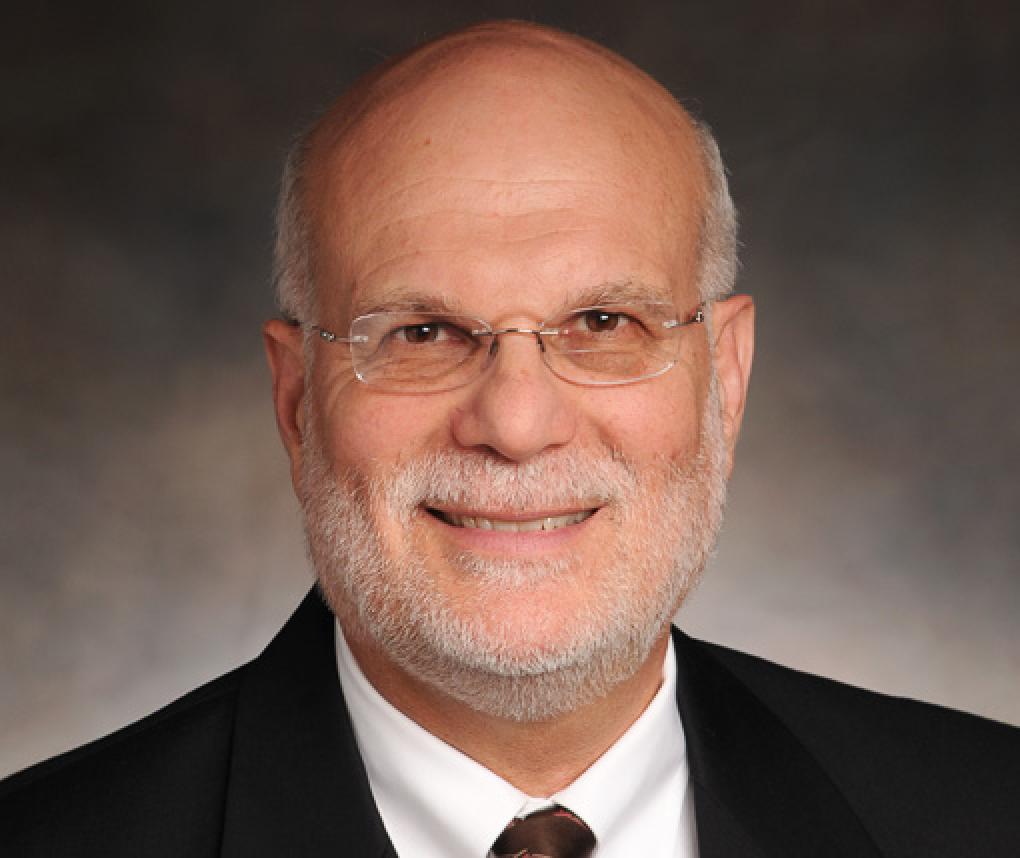 Go Back
Go BackShare
For the classrooms, we need “little EGRAs” that can be used as a mastery checklist: Luis Crouch (Part 1)
By Priyanka Kumar
Aug 29, 2019
Luis Crouch on how to make early grade programs work (Part 1)
Even as countries are starting to recognize the importance of foundational learning, implementing programs that are successful and scalable is another challenge. Having spent a better part of the last 30 years working on research, data analysis and policy reform to help countries address important challenges in education and improve student learning outcomes, Luis Crouch is well-placed to provide some answers. We asked Luis Crouch, a Senior Economist at RTI’s International Development Group and formerly its Chief Technical Officer, to draw on his vast experience and recent work in early childhood development, to help us understand different aspects of early grade programs and what can be done to achieve effective impact at scale.
In this first part of the interview, we look into how the critical skills of foundational literacy and numeracy can be defined and measured in a manner to help achieve quality learning.

CSF: How would you define the nature of the learning crisis that the world, and specifically developing countries like India, are facing today?
Luis Crouch: The best way to characterize the learning crisis is that globally, around 70-80% of children are completing primary school, but only about 50% do so in a manner that prepares them for life. For the rest of the children, their entire primary education is essentially a waste, even though they would have spent maybe 6 or 7 years in school. In a way, it’s almost as if they are serving time in school without actually accomplishing anything, which is a shame. This is not just a waste of the country’s resources, but a violation of the children’s rights. Traditionally, in most developing countries, the problems start with the foundation years, with many unable to actually read, with fluency and comprehension.
CSF: It is important to achieve foundational learning in the early years. How would you define the skills and competencies that would comprise foundational literacy and numeracy?
Luis Crouch: The fundamental distinction between the foundation years and later years is that in the foundation years, you should be learning to read, so that in the later years, you can then read in order to learn. So, the purpose of the early classes should be to equip students, through reading and also through basic numeracy, to become more independent learners – once they have a strong foundation and if they have access to good textbooks, they can read by themselves and be less dependent on the teacher. In fact, this makes the foundation stage the most important one, when teachers need to be involved the most.
It is important to define the skills and competencies that need to be achieved in the foundation years. Foundational literacy simply means being able to read a paragraph in a reasonable amount of time and understand the meaning of what has been read – and not just the direct meaning that is obviously given in the paragraph, but to also be able to infer things that are alluded to. In Mathematics, foundational skills would include basic operations such as addition or multiplication, as well as developing ‘number sense’ – the latter intuitively allows you to look at two numbers and identify which is bigger, or make a reasonable guess about how many marbles are in a jar, for example.
The purpose of the early classes should be to equip students, through reading and also through basic numeracy, to become more independent learners.
CSF: What do you think is the most effective way to measure these foundational skills?
Luis Crouch: The measurement of these skills depends on the level. Let’s take the example of reading. In classes 1-3, one has to first measure if children can actually read the letters, and not just recite the alphabet. To do this, one could present children with a set of letters at random, not in order, and see if they can read them. Similarly, you could ask them to read a list of common words or even words that do not exist but are made-up according to the rules of the language. For example, P-I-B in English. “Pib” is not a word in English, but it would obey the rules of the language. This would show if children can read new words and not just the ones they have memorized. After that, we can check if they can read a sentence, a simple story, a more complicated story, and so on.
It is important to bear in mind that the data required to design programs and determine policy is often more elaborate than what is required in the classroom to deliver instruction. For example, the EGRA (early grade reading assessment) model might have 10 components that are useful to support research and yield evidence. It can be carried out on a sample basis – it is not necessary to test every single child in the full spectrum of EGRA skills. However, for the classroom, we need “little EGRAs” that focus on only the few skills being covered in term. Teachers and coaches can use them as “mastery checklists” to see if children have mastered these skills. After that, they do not need to be measured again and teachers can move on to the next level. So, the philosophy of measurement is the same, but it is applied in a more reduced way in the classroom for formative purposes and in a more rigorous way at the system level for program design and evaluation.

CSF: While a lot of work is being done, we still need more evidence on what works and how early learning can be achieved in a developing country. In your view, what are some of the gaps in research that we should look to address?
Luis Crouch: One of the biggest gaps, even in developed countries, is how we can get children to move beyond the mere basics of reading (“decoding” the words) to actually reading with comprehension. Even successful projects like the Tusome literacy program in Kenya have found this difficult, so it is one of the biggest bridges that we still need to cross. My guess is that part of the solution may be to begin with listening comprehension and build capacity by asking children to hear lengthy stories, and then carry out exercises that focus on understanding the meaning of the stories better.
Another gap would be to work out the practical issues around having multiple home languages. This is an issue with migrants to urban schools, where there may be many languages in the classroom. It may also be an issue where some languages don’t even have a written script, as is the case in some parts of India. Similarly, we do not have enough research on how to deal with a strong dialect that is largely incomprehensible to a speaker of the standard version of the same language. This is very relevant to oral reading – at the end of the day, students have to learn to communicate in the version of English that is commonly spoken in their country, not learn to speak Queen’s English. And they need to do it well – after all, if children leave school without acquiring basic skills, it is a tragic waste of their potential and lives.
In the second part of the interview, Luis Crouch shares his learnings on what makes early grade programs work and how they can achieve effective impact at scale.
Keywords
Authored by
Priyanka Kumar
CSF
Share this on
